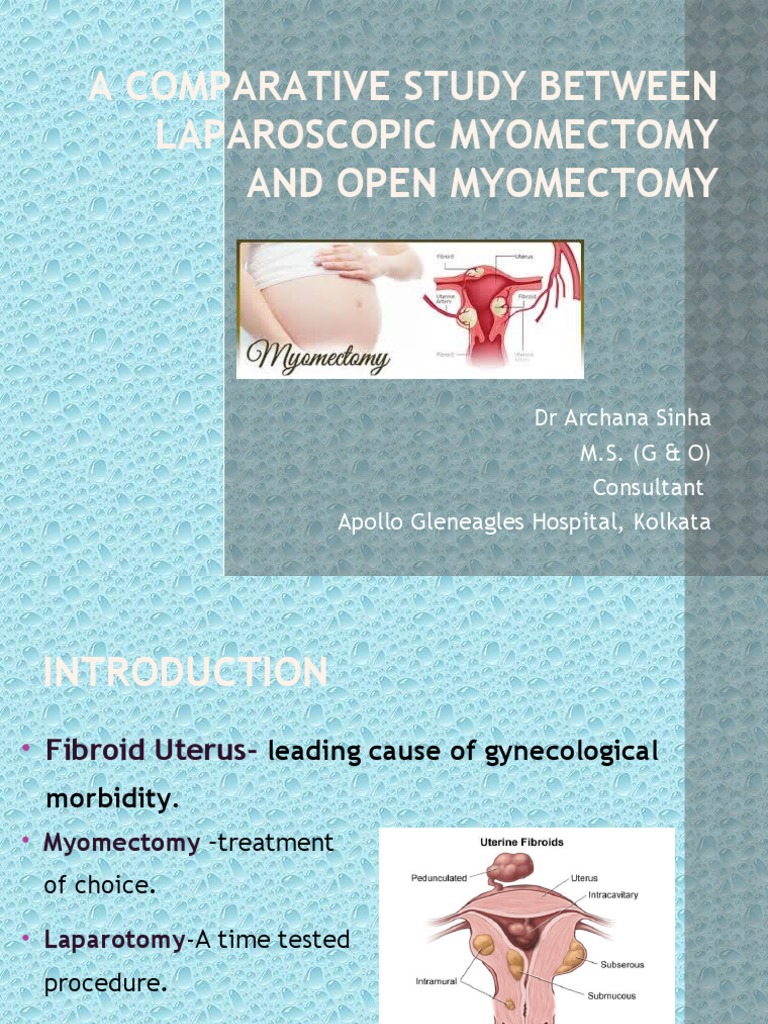Teeth Gap Bands

In the realm of orthodontic treatments, there exists a myriad of options for individuals seeking to correct various dental irregularities, including the issue of teeth gaps. One of the more unconventional and budget-friendly methods that have gained popularity, particularly among younger generations, is the use of teeth gap bands. These small, rubber or orthodontic bands are worn around the teeth to gradually close gaps, but their use comes with a mix of benefits and significant risks.
Understanding the concept of teeth gap bands requires a delve into the orthodontic principles they attempt to apply. Essentially, these bands work by applying continuous pressure on the teeth, leveraging the body’s natural ability to remodel bone in response to applied forces. Theoretically, by wearing these bands around the teeth on either side of a gap, individuals can exert a force that encourages the teeth to move closer together, thus reducing or eliminating the gap.
However, the simplicity and DIY appeal of teeth gap bands belie the complexity of orthodontic treatments. Professional orthodontic care involves a comprehensive assessment of the patient’s dental and facial structure, consideration of the underlying causes of the gap (which could range from simple spacing issues to more complex problems involving the jaw or teeth alignment), and the application of carefully calibrated forces to achieve the desired movement without causing harm.
One of the primary concerns with the use of teeth gap bands is the risk of improper use leading to significant dental damage. Without professional guidance, individuals may apply too much force, which can lead to tooth loosening, damage to the roots, or even tooth loss. Moreover, the indiscriminate application of force without a thorough understanding of the dental structure can exacerbate existing issues, such as bite problems, or create new ones, like uneven wear on the teeth.
Another critical issue is the lack of regulation and standardization in the production and distribution of teeth gap bands. Unlike professional orthodontic appliances, which are custom-made for each patient and used under the supervision of a trained orthodontist, teeth gap bands are often generic, mass-produced items available for purchase online or in retail stores. This lack of oversight means that the quality, safety, and effectiveness of these products can vary widely, with some potentially being more harmful than helpful.
Despite these warnings, some individuals report successful use of teeth gap bands, citing improvements in the alignment of their teeth and the reduction of noticeable gaps. These anecdotal successes, however, do not negate the potential risks associated with their use. It’s also worth noting that any perceived benefits might be short-lived or could come at the cost of unseen damage to the dental structure.
For those considering teeth gap bands as a solution to their orthodontic issues, it’s crucial to weigh the potential benefits against the risks. A far safer and more effective approach involves consulting with an orthodontist or a general dentist who can provide a personalized assessment and recommend appropriate treatment options. These professionals can offer a range of solutions tailored to the individual’s specific needs, from traditional braces to more discreet options like clear aligners, ensuring that any interventions are both effective and safe.
In conclusion, while teeth gap bands might seem like an attractive, low-cost solution for addressing teeth gaps, their use is fraught with potential pitfalls. The DIY nature of these products, combined with the lack of professional oversight and the complexity of orthodontic care, makes them a risky choice for individuals seeking to improve their dental alignment. As with any health-related decision, it’s always best to consult with a qualified professional who can provide guidance based on a thorough understanding of the individual’s unique situation.
Are teeth gap bands safe to use?
+While some people report safe use of teeth gap bands, there are significant risks involved, including tooth loosening, root damage, and tooth loss, especially when used improperly or without professional guidance.
How do teeth gap bands work?
+Teeth gap bands apply continuous pressure on the teeth to encourage movement and close gaps. However, this process should ideally be guided by an orthodontist to ensure safety and effectiveness.
What are the alternatives to teeth gap bands?
+Alternatives include traditional braces, clear aligners, and other orthodontic appliances that are custom-made and used under professional supervision, offering safer and more effective solutions for addressing teeth gaps and other orthodontic issues.
The decision to use teeth gap bands should be made with caution and a full understanding of the potential consequences. As with any aspect of healthcare, prioritizing professional advice and supervised treatment can make all the difference in achieving desired outcomes while minimizing risks.

